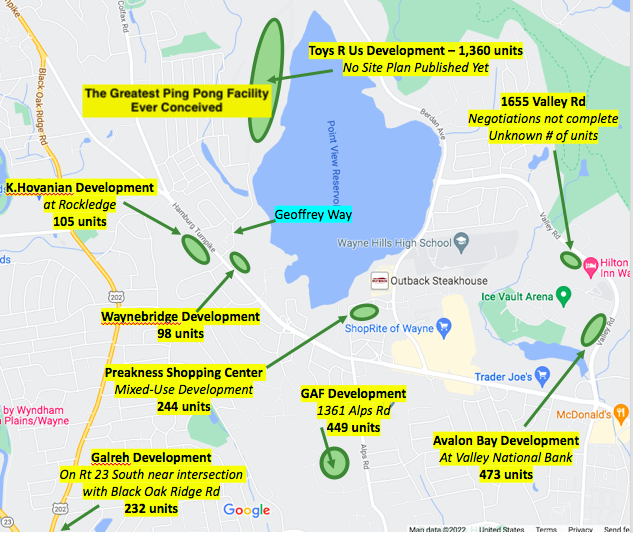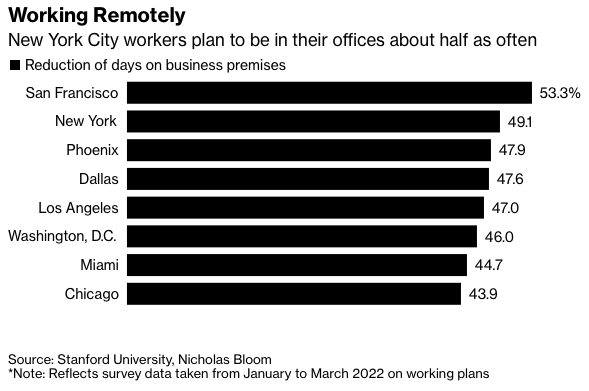From NJ1015:
NJ foreclosure rate 2nd-highest in U.S. for March, and all of Q1
New Jersey trailed only Illinois for the highest foreclosure rate in the United States over the first quarter of 2022 as backlogs from pandemic moratoriums continued to clear, according to a report released Thursday by ATTOM Data Solutions.
One in every 792 housing units was in foreclosure here over the first three months of the year, a 69% increase from the fourth quarter of 2021 and a 312% increase from a year ago.
The Garden State’s second (or second-to-last) place ranking also held true for the month of March alone (1 in every 2,022 units), according to ATTOM executive vice president for market intelligence Rick Sharga, who said “normal” foreclosure levels won’t be seen again in the U.S. until at least the end of this year, or even early 2023.
“In a normal market, about 1% of loans are in foreclosure over the course of the year, and during the pandemic that dropped all the way down to about a quarter of a percent, so we have a lot of catching up to do just to get back to normal,” Sharga said.
“The states with the highest levels of foreclosure activity right now are also the states that had the highest levels of foreclosure activity a couple of years ago. So this isn’t, again, a sign of any new problems,” Sharga said. “States that do foreclosures through the court systems, and Illinois and New Jersey are two of those, tend to have more backlogs because it takes longer to get these foreclosures processed through the courts. The courts themselves are backed up right now.”
New Jersey benefits in some ways by being bracketed by New York and Philadelphia, according to Sharga, but when it comes to foreclosures, its positioning is a mixed blessing.
Case in point: another second-place ranking, as the Atlantic City metro placed behind only Cleveland, Ohio for first-quarter foreclosure rate in areas with a population over 200,000 (1 in every 600 housing units in foreclosure).
Sharga reminded residents that statistics like the 188% jump in foreclosure starts from the beginning of 2021 to the beginning of 2022 may look “frightening,” but that’s coming off historically low activity.


